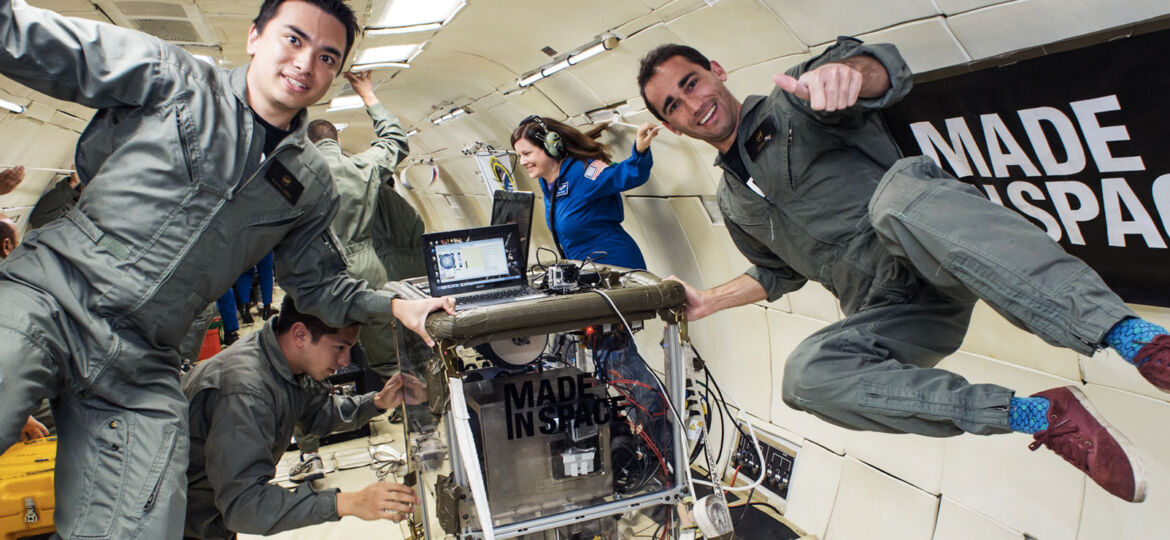
WHY THIS MATTERS IN BRIEF
3D bioprinting has long held the promise of ending organ donation lists, now there’s an end in sight.
A team of scientists working for the NASA and SpaceX contractor Techshot have become the first people in history to successfully 3D print a heart structure in zero gravity using human stem cells.
A collaboration between Techshot, bioprinting experts nScrypt and bio-ink innovators Bioficial Organs, the project saw researchers take to the skies in a Zero Gravity Corporation aircraft – the only commercial company in the US to offer weightless flights – in order to test out their prototype printer.
“We were constrained by the timeframe of a weightless flight,” said Eugene Boland, Techshot’s Chief Scientist.
“On the Zero G aircraft, you’re only weightless for 30 seconds at a time so as a result we had to print fairly small structures – just to give us an understanding of how the printer works. While our eventual goal is to print an entire human heart, in this case it was more a neonatal-size structure, around the size of the end joint on your pinkie finger.”
Nonetheless, the mission was a rousing success and data gathered from it will now be used to design and build a smaller, more robust 3D bioprinter which could be found printing organs on board the International Space Station as soon as 2018.
Going all the way to space and hitching a ride on a tricked out Airbus A310 Zero G aircraft might sound like fun but there are practical reasons for it.
“3D printers aren’t good at printing gaps,” Boland continues.
“They’re good at solid things, not hollow things. That makes it very difficult to print a heart in an environment like Earth where you have gravity, because the organ collapses in on itself. But if you go to space and take gravity out of the equation, you don’t have those same problems. It makes the possibility of this kind of bioprinting more feasible. And you could potentially save many, many lives as a result – since currently tens of thousands of people on the heart transplant list die each year. That’s where we envision this technology going.”

















[…] minute we’re 3D printing human brains, cartilage, hearts, kidneys and skin and the next it’s coral […]